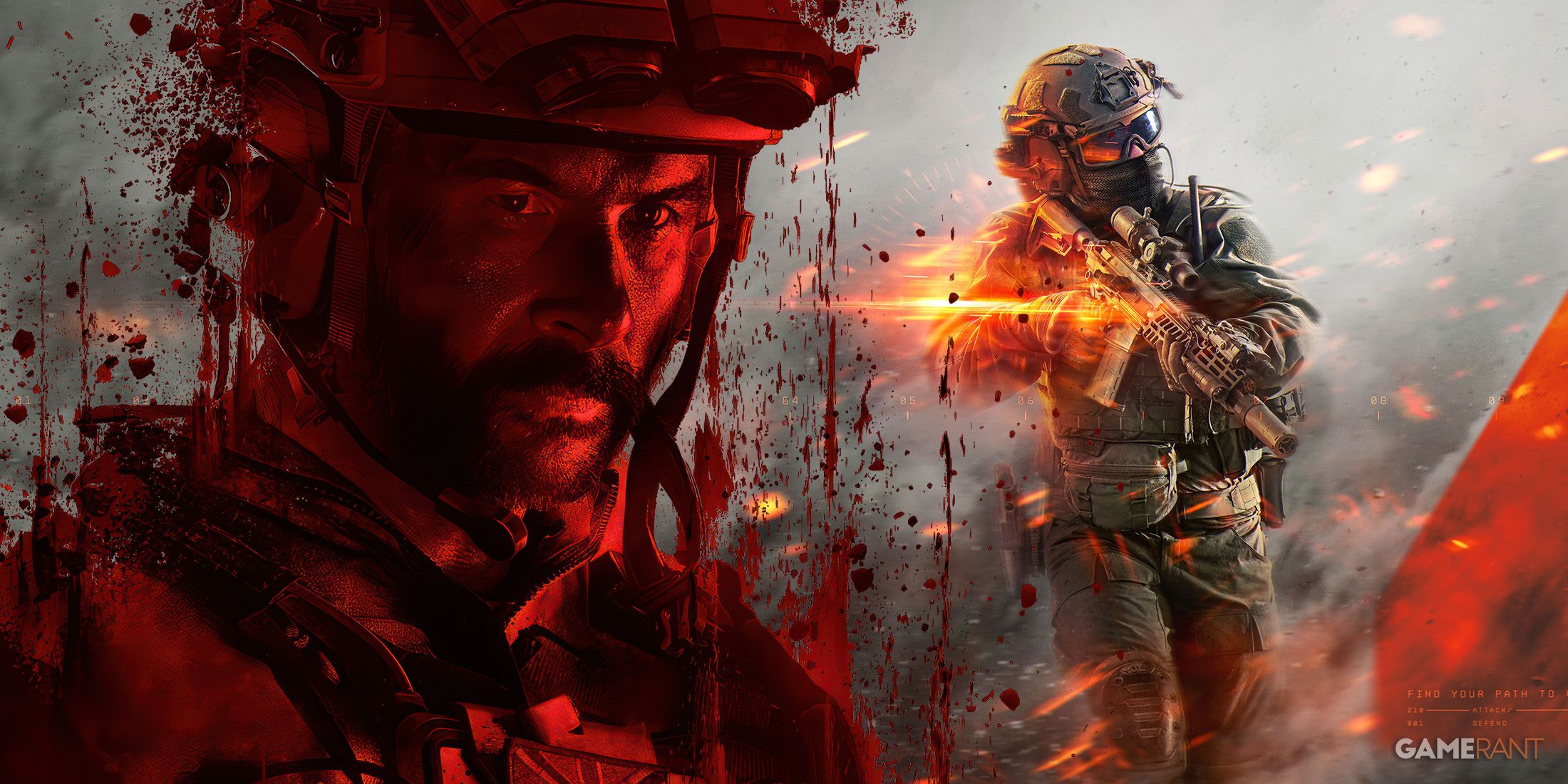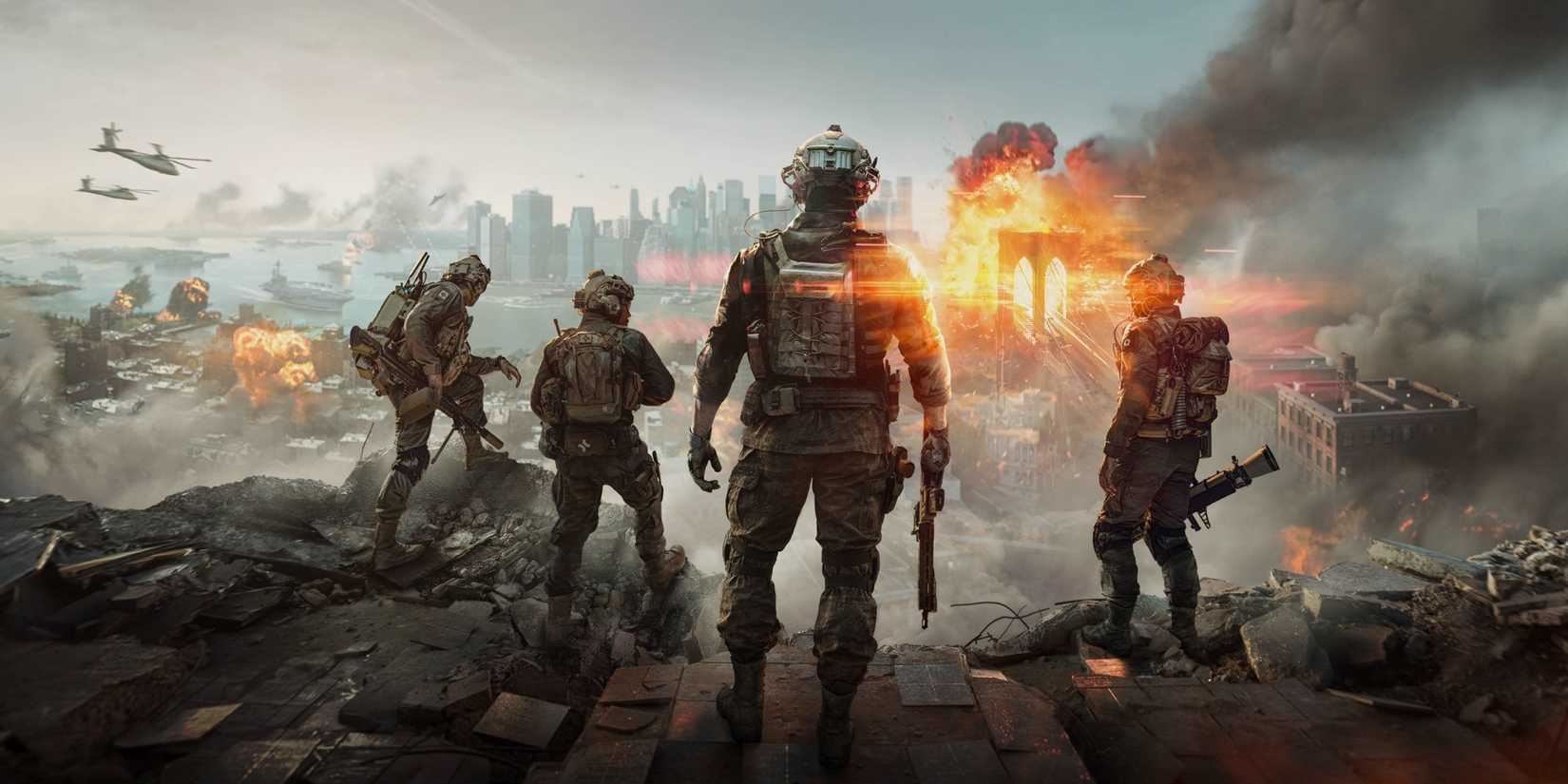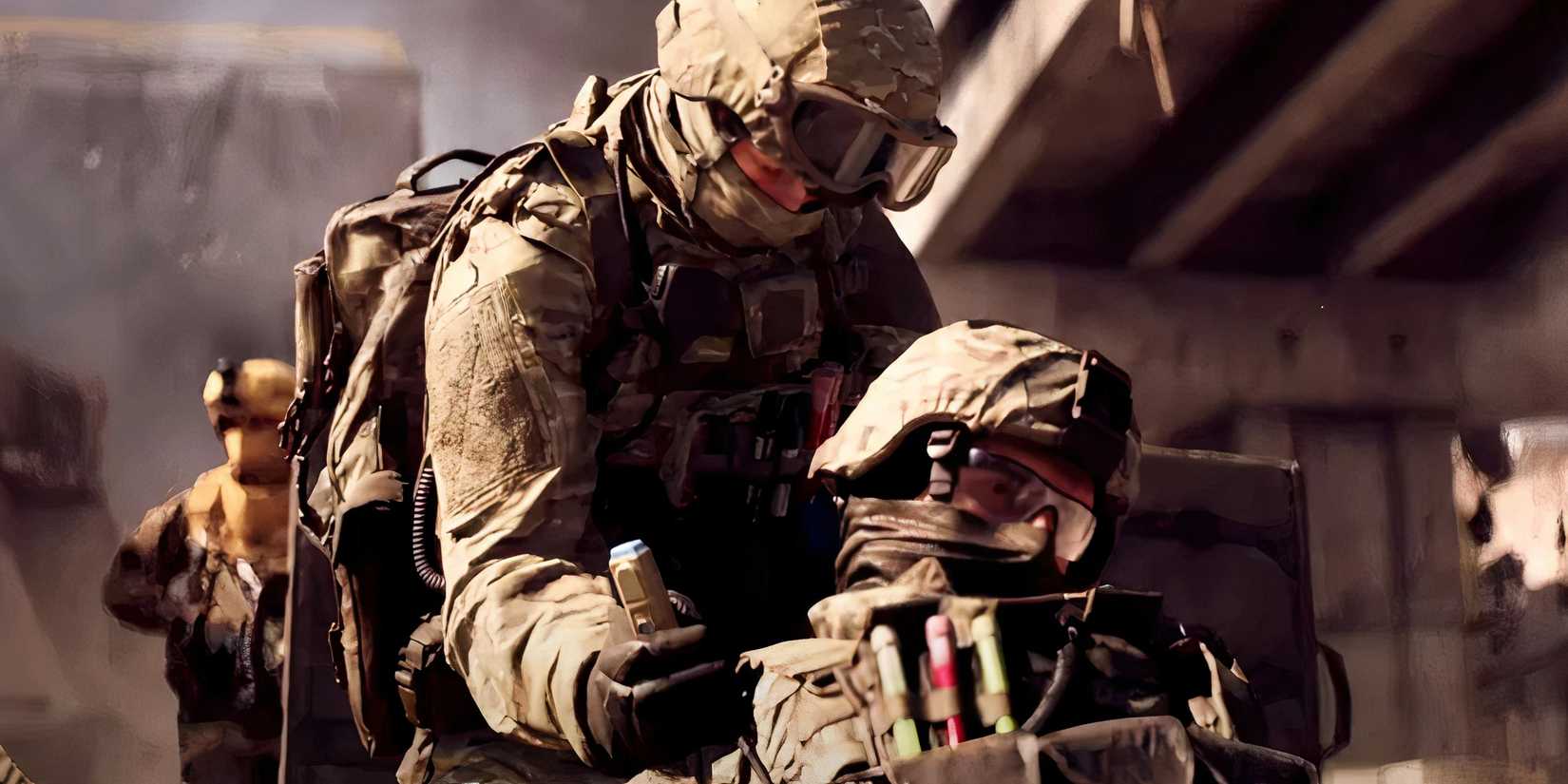Battlefield 6: Avoiding The Power Creep Problem of Call of Duty
Popular Now
 League of Legends
League of Legends
 Valorant
Valorant
 Stumble Guys
Stumble Guys
 Minecraft
Minecraft
 PUBG Mobile
PUBG Mobile
 BeamNG.drive
BeamNG.drive
 Black Myth: Wukong
Black Myth: Wukong
 Candy Crush Saga
Candy Crush Saga
 FIFA 23
FIFA 23
 Rust
Rust 
For a player like me, who has spent countless hours in the trenches of both Call of Duty and Battlefield, the upcoming release of Battlefield 6 is more than just another game launch; it’s a moment of potential redemption for a genre that has been plagued by a fundamental design flaw for years. While the two franchises have always had their own distinct identities—Battlefield with its large-scale, combined arms warfare and Call of Duty with its fast-paced, infantry-focused combat—they have both been caught in a relentless cycle of “power creep.” This issue, which has been particularly acute in recent Call of Duty titles and Warzone, has led to a constant sense of imbalance and a less-than-ideal player experience. If Battlefield 6 can successfully avoid this pitfall, it would mean everything to a dedicated player base looking for a more stable and balanced competitive environment.
The term “power creep” in gaming refers to a gradual increase in the power of new content or weapons, often making old content obsolete. In Call of Duty, this has manifested in the form of a continuous cycle of overpowered new weapons introduced with each seasonal update, only to be nerfed months later after they have dominated the meta. This creates a situation where players are forced to grind for the newest and most powerful weapon just to stay competitive, leading to a constant sense of frustration and a lack of long-term balance. It’s a design philosophy that prioritizes short-term player engagement over long-term game health. This has been a source of constant frustration for the player base, leading to a feeling that the game is never truly balanced and that skill is often less important than having the right weapon.
 The Promise of a Slower, More Deliberate Pace
The Promise of a Slower, More Deliberate Pace
From what has been revealed in the beta and developer interviews, Battlefield 6 seems to be taking a different path. The game is scheduled for an October 10, 2025 release, and the beta periods in August gave us a solid glimpse into its design philosophy. Developers at DICE have been vocal about their desire to return to the franchise’s roots, with a focus on a more “deliberate” pace and a balanced class system. The game reintroduces the classic four-class system (Assault, Recon, Support, and Engineer), each with a specific role and unique signature weapons. This is a direct contrast to the Specialist system of Battlefield 2042, which blurred the lines between classes and contributed to a sense of chaos and imbalance.
This return to a more structured class system is the first and most important step in avoiding power creep. By giving each class a defined role, DICE can better control the game’s balance. An Engineer will always be a valuable asset for their anti-vehicle capabilities, a Support player will be crucial for providing ammunition, and a Recon player’s ability to spot enemies will be essential. This prevents a single weapon or a single player from dominating a match, as every role is vital to the team’s success. The focus is on coordinated team play, not on individual power fantasy. This is a core tenet of the Battlefield experience that has been missing for a long time, and its return is a welcome sign for veterans.
The Importance of Map Design and Slower Movement
Another area where Battlefield 6 is taking a firm stand against the fast-paced, “crackhead” gameplay of its competitors is in its movement mechanics and map design. The developers have announced that they are making changes from the beta to address player feedback on movement, reducing the horizontal momentum from a slide and penalizing consecutive jumps. This is a direct shot at the “slide cancel” and jump-shot mechanics that have been a staple of Call of Duty for years. While these mechanics can be fun for some, they prioritize twitch reflexes over strategic positioning and tactical movement. By slowing down the movement and making it more deliberate, Battlefield 6 is signaling a return to a style of play that rewards smart choices and map awareness over pure mechanical skill.
The map design also plays a crucial role. While the beta’s maps, like Siege of Cairo, were criticized by some for feeling too small and “infantry-focused,” DICE has clarified that larger maps will exist at launch. The philosophy is to have a variety of maps that cater to different playstyles, from infantry-only combat to large-scale, vehicle-heavy maps. This variety is key to maintaining a sense of balance. A sniper on a large, open map will be a terror, but they will be much less effective on a tight, close-quarters map where a Shotgun or SMG user will thrive. This design prevents a single weapon or a single playstyle from becoming the meta on every map, ensuring that players have a reason to experiment with different loadouts and roles, rather than being forced into a single, dominant strategy.
 Conclusion: The Path to a Stable and Balanced Game
Conclusion: The Path to a Stable and Balanced Game
The biggest challenge for Battlefield 6 will be to maintain this design philosophy throughout its live service lifespan. The pressure to introduce new content and keep players engaged is immense, but if DICE can resist the urge to release an endless stream of overpowered weapons, the game could have a much longer and healthier life than its competitors. The return of the classic class system, the more deliberate movement, and the focus on varied map design are all signs that Battlefield 6 is on the right track. It’s a game that seems to be designed for players who want a tactical, team-oriented shooter, not a twitch-based, power-creep-fueled experience. For a player like me, who is tired of the constant meta shifts and imbalance, this is more than just a welcome change; it’s a reason to believe in the future of the genre. The success of Battlefield 6 hinges on whether it can deliver on this promise, providing a stable, balanced, and rewarding experience that will last for years to come.
SEO Keywords: Battlefield 6, Call of Duty, power creep, gaming news, shooter games, DICE, game design, multiplayer, FPS, Battlefield 2042, new weapons, balancing, live service, release date.








 The Promise of a Slower, More Deliberate Pace
The Promise of a Slower, More Deliberate Pace Conclusion: The Path to a Stable and Balanced Game
Conclusion: The Path to a Stable and Balanced Game